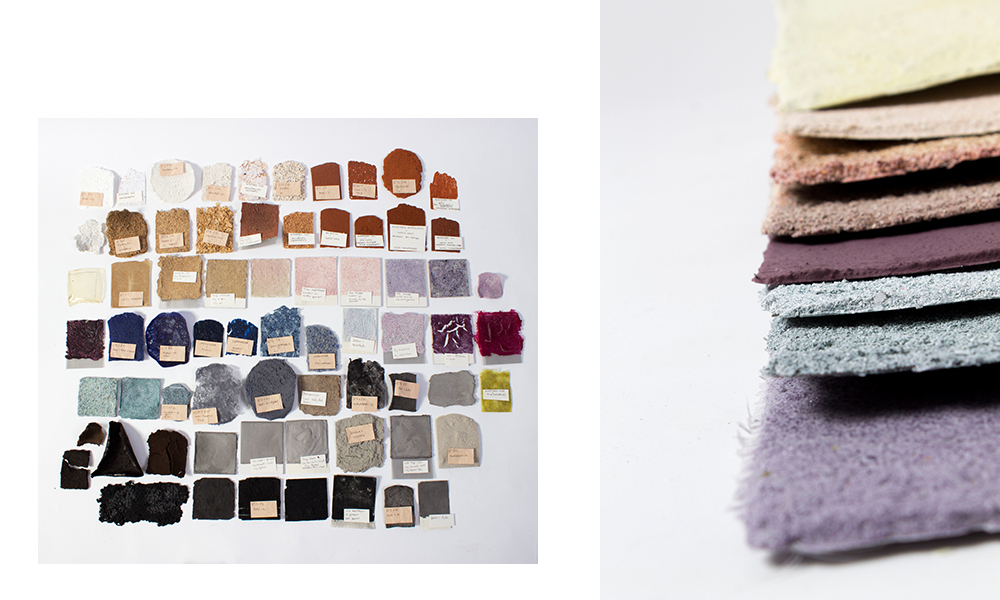
 Das Müllprojekt
Das Müllprojektfeaturing designs by Mareike Brun (textile), Fiona Fink (fashion), Katja Gastell (fashion) and Lisa Gnutzmann (costume).
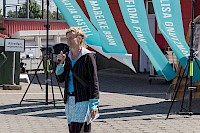
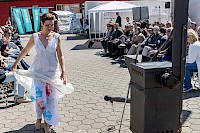
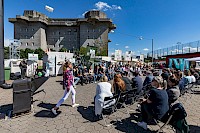

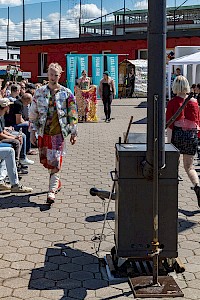
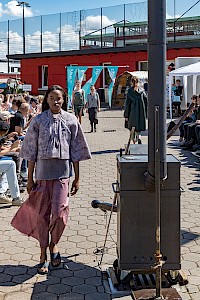
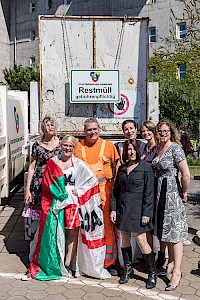
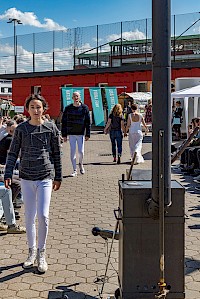
by Mareike Brun (textile), Fiona Fink (fashion), Katja Gastell (fashion), Lisa Gnutzmann (costume) and Teresa Weber (textile materials research)
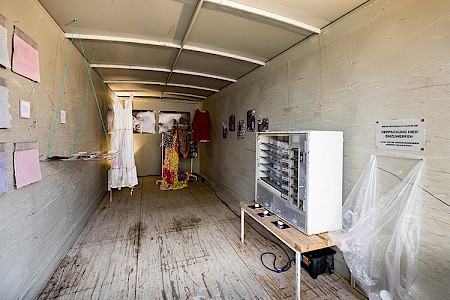
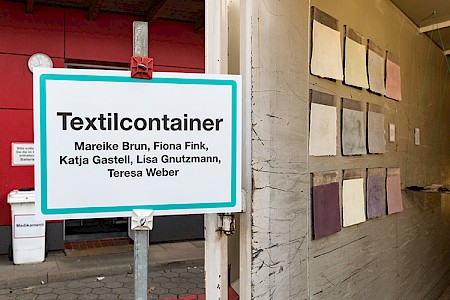
In the Plurisex collection, the image of gender is neither bipolar nor a point on a straight line between two poles. Gender is rather seen as a puzzle comprising various parts. The sweaters also resemble puzzles. They are composed of many small pieces which, put together, combine into surfaces. The source material consists of knitwear clippings. They accumulate when pieces for clothing production are cut out of the rectangular pieces of knitted fabric produced by knitting machines. The Plurisex collection as yet includes five sweaters. But the collection can grow indefinitely, for the material it is made of is available in large quantities, and this is not likely to stagnate in the near future: Knit waste from the knitwear factory.
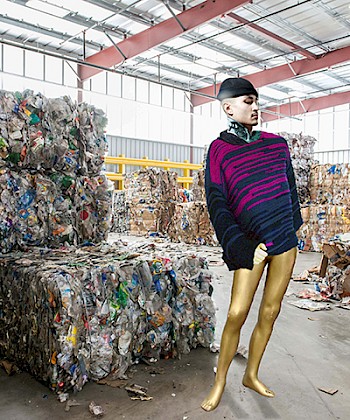
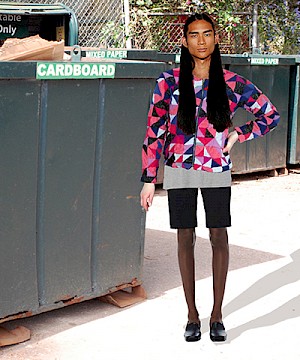
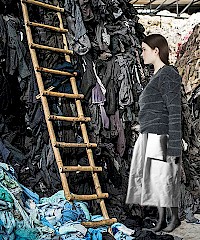
mareikebrun.de
With its speculative design approach, the project »Ein Mal Kleidung« (one-time clothing) examines the value of clothing in our society. It plays with a future scenario in which humans consume clothing as disposable goods. It allows us to experience what such a product would feel and look like. It would, however, particularly reveal in which way it would differ from today’s clothing and in which way things could change. By contrasting the outer image, the look, and the actual quality of the clothing, the collection deals with a loss of perception with regard to the value of clothing. In our current consumer society, it seems that for many people clothing is valuable only if it enables you to demonstrate »who you are« and what you can afford. The value of the piece of clothing itself is forgotten. This project was essentially inspired by the Critical Design theory, developed by the British design agency Dunne & Raby.
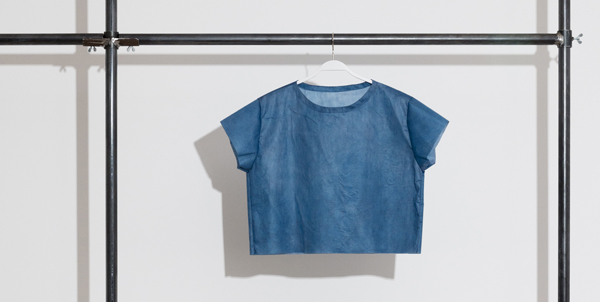
Many years ago, Katja Gastell started buying her fabrics at flea markets. She is fascinated by all that is already there and is challenged by strange, outdated or even ugly materials. Grandmother’s tablecloths, air matrasses from GDR holdings, gros point embroideries, old curtains or the Spiderman bedspread are cut up, combined and sewn together in a collage technique. Every piece is unique – and of course sustainability plays a role in all this:
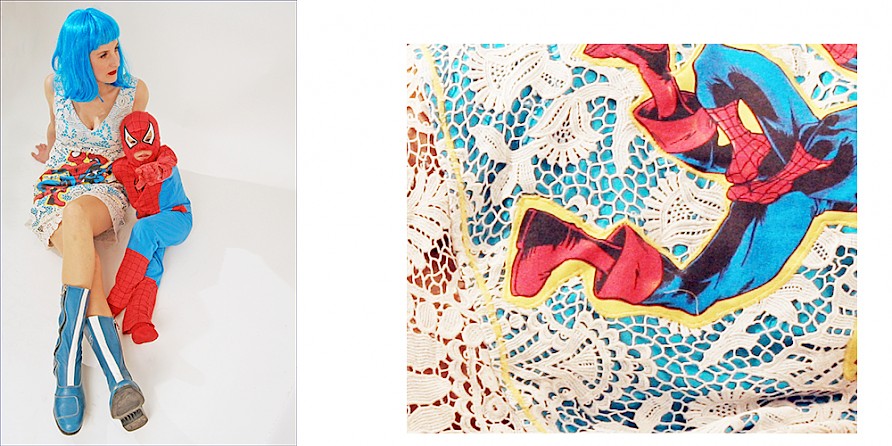
blutkarpfen.com
The world 50 years from now: What has become of human kind? This is the question underlying this design work. What will have remained from us other than a big pile of junk? With a wink of the eye and great attention to detail, we examine the lives of our six protagonists. The costumes play with a mix of old and new materials, with trash and high-tech. The photographs are of documentary and at the same time of symbolic nature. A dystopia.
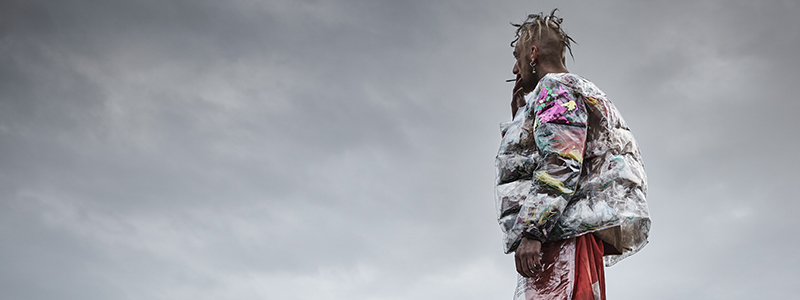
A wide range of materials, on the basis of natural recycling and waste material, were processed into granulates and subsequently reconstructed to become a surface. Through this destroying and restructuring process, the material is presented in a new form, the diversity of materials ranging from ground stone, to glass, all the way to egg shells. This process results in textures of greatly varied optics and haptics. The objective is to use materials which otherwise would become waste, and to reintroduce them into the materials cycle through reutilisation. Another important aspect is the compatibility of materials with the human organism and the environment. The dye was made with natural products like red beets or red cabbage. The harmlessness of the production process is as important as the functionality and aesthetics of the end product.
